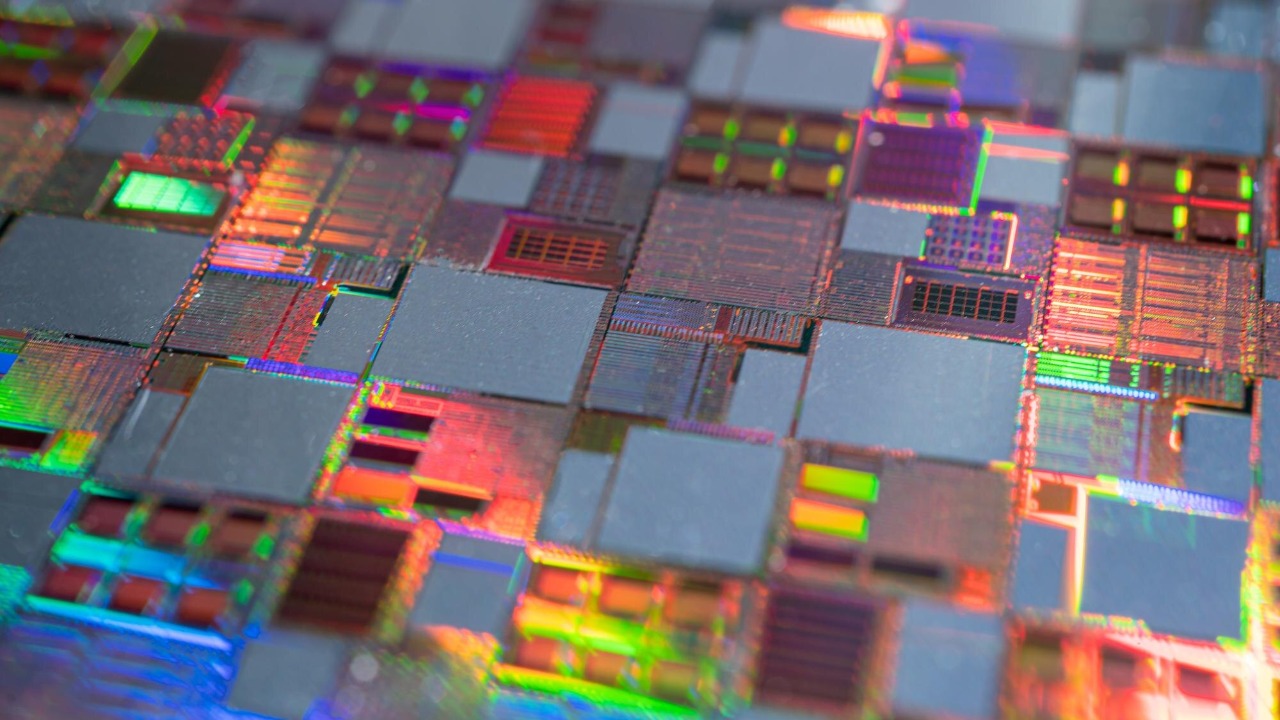
Thermodynamic computing is making waves in the world of artificial intelligence (AI), boasting a staggering 10,000x efficiency gain in AI processing. This innovative approach leverages probabilistic bits, or p-bits, to mimic natural thermal fluctuations, offering a more energy-efficient alternative to traditional binary systems. As AI continues to demand more power, thermodynamic computing could potentially reshape the trajectory of intelligent systems, bringing us closer to the elusive goal of artificial general intelligence (AGI).
What is Thermodynamic Computing?
Thermodynamic computing is a paradigm shift in the world of computing. Unlike deterministic digital computing, which relies on precise, binary operations, thermodynamic computing incorporates noise and thermal effects into hardware to enable probabilistic processing. This approach is fundamentally different, as it embraces uncertainty and randomness, characteristics that are inherent in real-world data.
The key to thermodynamic computing lies in the use of p-bits. These are the fundamental units of this computing model, fluctuating between 0 and 1 states. This fluctuation allows for efficient handling of uncertainty in AI tasks like optimization and inference. By drawing from physical thermodynamics, thermodynamic computing performs computations that align with the inherent randomness of real-world data, making it a promising solution for AI processing. Geeky Gadgets provides a detailed exploration of this concept.
The Core Efficiency Claim
The core claim of thermodynamic computing is its ability to achieve a 10,000x efficiency gain in AI processing. This efficiency is primarily seen in reductions in energy consumption for tasks such as neural network training and inference. Benchmarks have shown this multiplier in power savings, particularly for probabilistic AI models that benefit from p-bit architectures.
This claim is significant in the context of broader AI hardware challenges. Traditional GPUs and TPUs struggle with scaling due to heat and energy limits. Thermodynamic computing, with its focus on energy efficiency, could potentially overcome these limitations and revolutionize the field of AI.
How P-Bits Enable the Gains
P-bits are the heart of thermodynamic computing. Unlike rigid binary bits, p-bits are noisy, intermediate-state components. They enable faster and lower-power simulations of complex systems, which is crucial for AI applications. Hardware prototypes have already demonstrated real-time probabilistic computing using p-bits, showcasing the potential of this approach.
The physics behind p-bits is fascinating. Instead of suppressing thermal noise, as is common in traditional computing, thermodynamic computing harnesses it. This utilization of thermal noise is what leads to the projected 10,000x efficiency in energy use.
Implications for Current AI Systems
Thermodynamic computing could have significant implications for existing AI systems. For instance, it could optimize AI workloads on edge devices, which often have limited power. By improving energy efficiency, these devices could perform more complex tasks without draining their power resources.
There’s also potential for integration with hybrid systems. By combining p-bits and classical processors, it might be possible to boost overall AI performance without needing to completely redesign systems. This could be a game-changer for AI hardware, offering a path to improved performance without the need for extensive overhauls.
Pathways to AGI Acceleration
The 10,000x efficiency gain claimed by thermodynamic computing could potentially shorten AGI timelines. By enabling larger-scale models, it might be possible to simulate human-like reasoning more feasibly. Probabilistic computing, with its ability to handle uncertainty and adaptability in unstructured environments, aligns well with the requirements for AGI.
Experts see thermodynamic approaches as a step toward brain-inspired architectures that mimic neural stochasticity. While there’s still a long way to go, thermodynamic computing could be a significant milestone on the path to AGI.
Challenges and Limitations
Despite its promise, thermodynamic computing faces several challenges. Scaling p-bit arrays is a technical hurdle, with issues such as noise control and integration with silicon-based fabs still to be addressed. As of late 2025, these remain significant obstacles to the widespread adoption of thermodynamic computing.
There’s also skepticism around the 10,000x efficiency figure. While the initial claims are promising, independent verification is necessary to validate these figures. Practical barriers, such as manufacturing costs and compatibility with legacy AI software stacks, also need to be considered.
Future Outlook and Research Directions
Looking ahead, thermodynamic computing could influence AI hardware designs in 2026 and beyond. There’s ongoing research into hybrid thermodynamic-digital systems, with the aim of refining the 10,000x efficiency claim and moving closer to AGI-enabling technology.
If the claims of thermodynamic computing hold, we could see a shift in AI investment toward probabilistic paradigms. This could potentially reshape the AI landscape, bringing us closer to the goal of AGI. However, as with any emerging technology, it’s important to approach these developments with a healthy dose of skepticism and a keen eye on the evidence.
More from MorningOverview